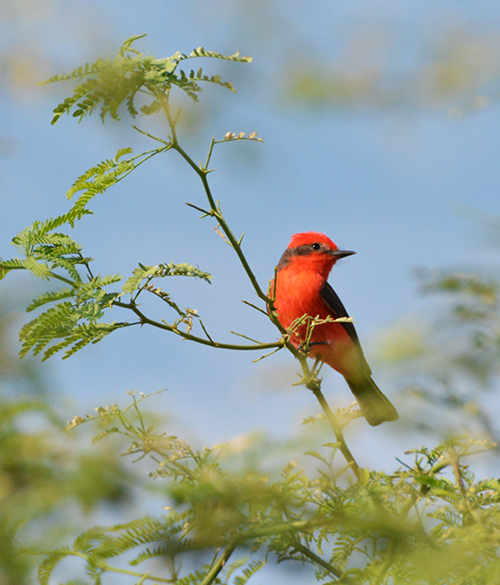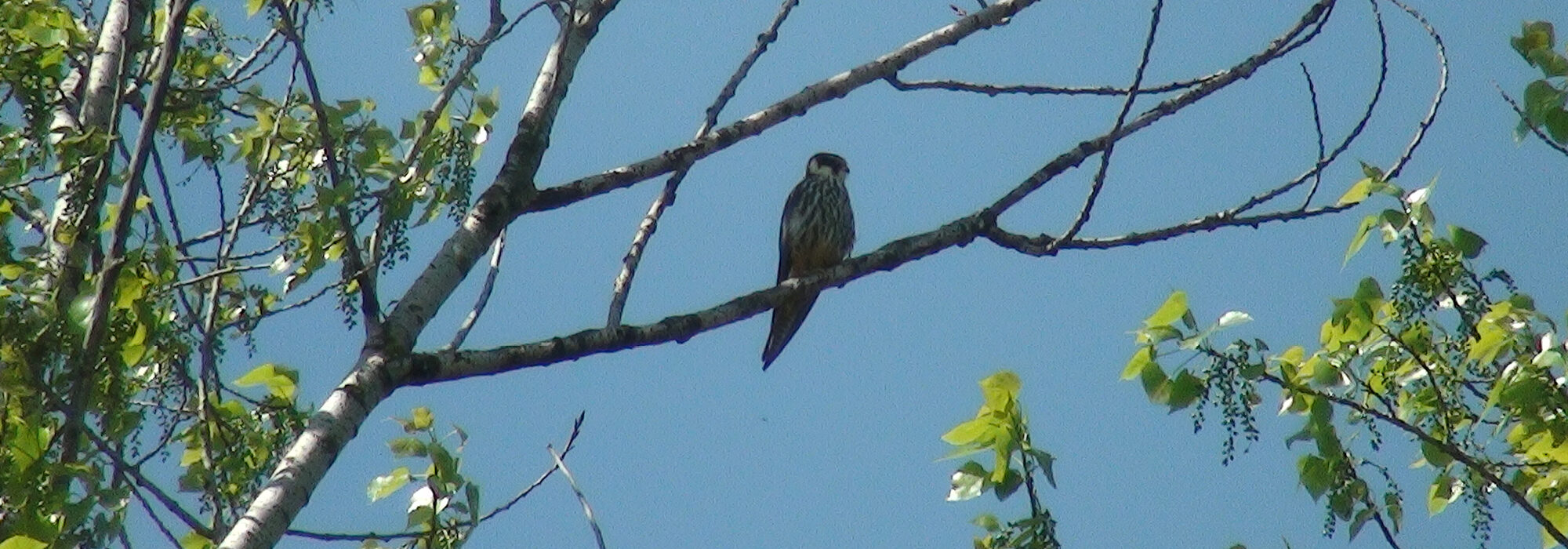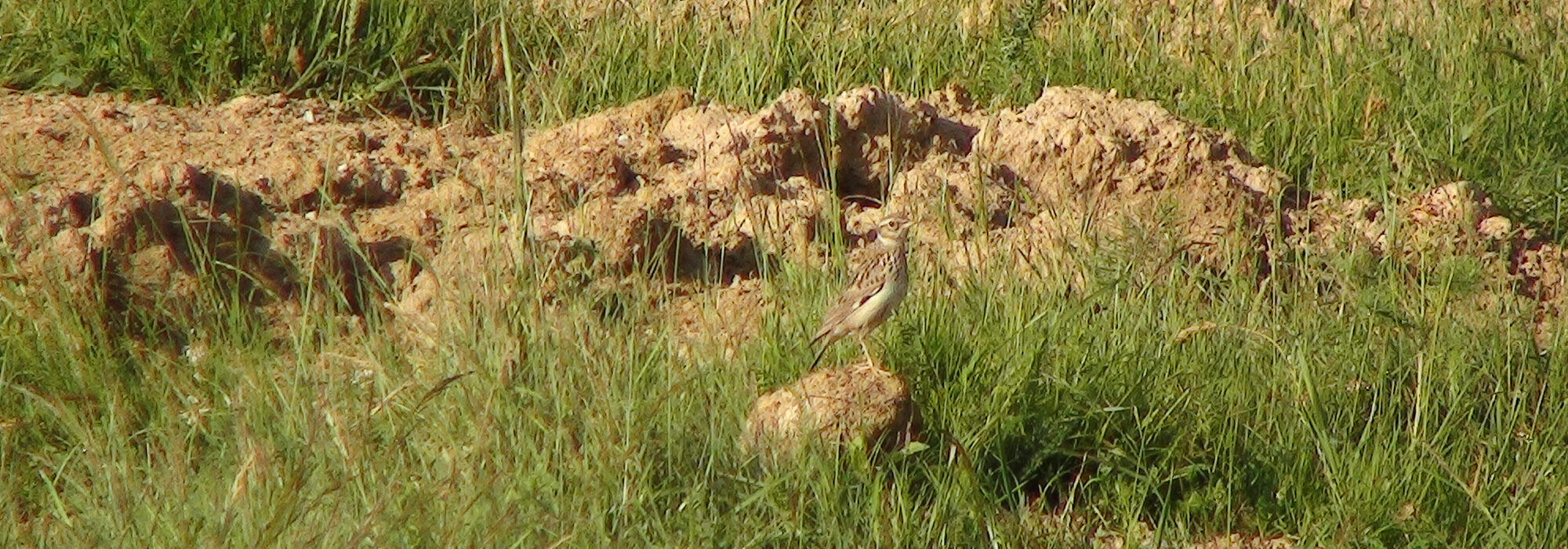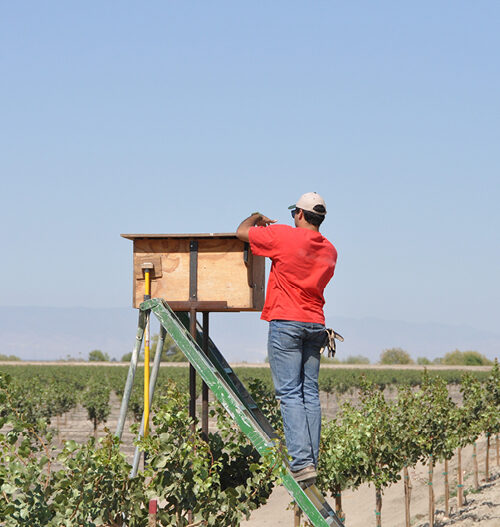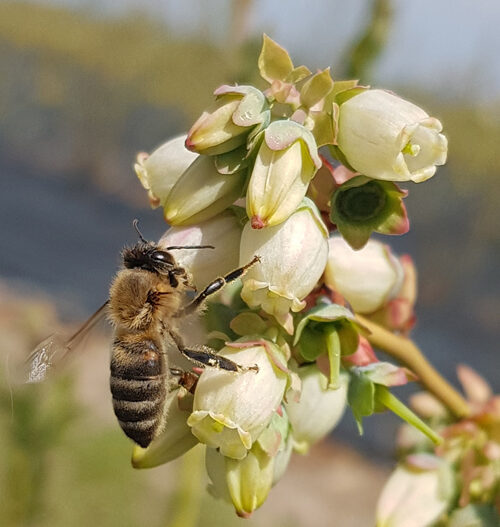Monitoring biodiversity
Biodiversity – diversity of species, genetics and habitats – ensures a healthy local ecosystem which in turn provides a wide range of services such as pollination, biological pest control, freshwater provisions and soil accumulation on which agriculture is dependent.
Monitoring biodiversity on-farm helps us to maintain a healthy local ecosystem. It also helps us identify opportunities to ensure the continued production of healthy nutritious food and conservation of a diverse range of habitats on-farm and the species they contain.
Bird monitoring is the most effective and widely used biodiversity monitoring across all our farms. Birds are an excellent indicator of ecosystem health and environmental change as they occupy a broad range of ecological niches feeding on plants, insects, mammals and other birds. The presence and absence of certain bird species can be used to infer the presence or absence of different ecological communities.
Yet, we monitor so much more than birds.
Each farm monitors or surveys what is unique to their local area, adding up to a vivid portfolio of biodiversity monitoring.
Read more about our work for biodiversity in our latest Sustainability report.
